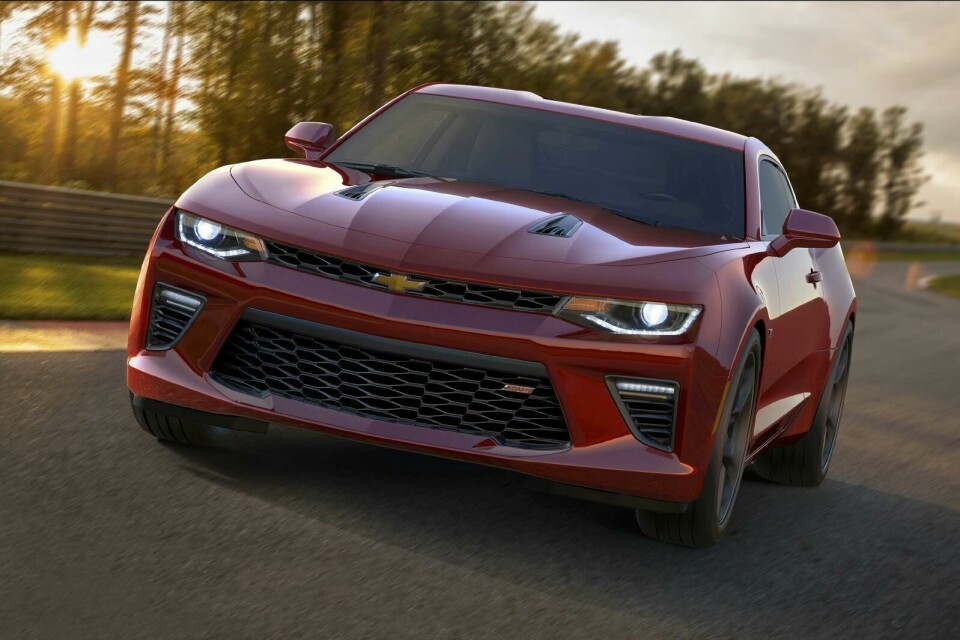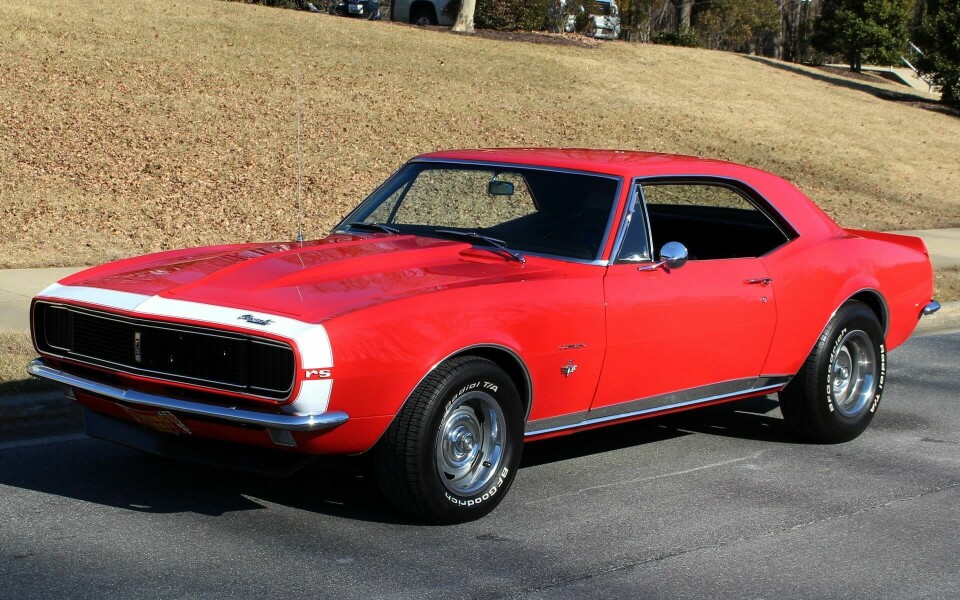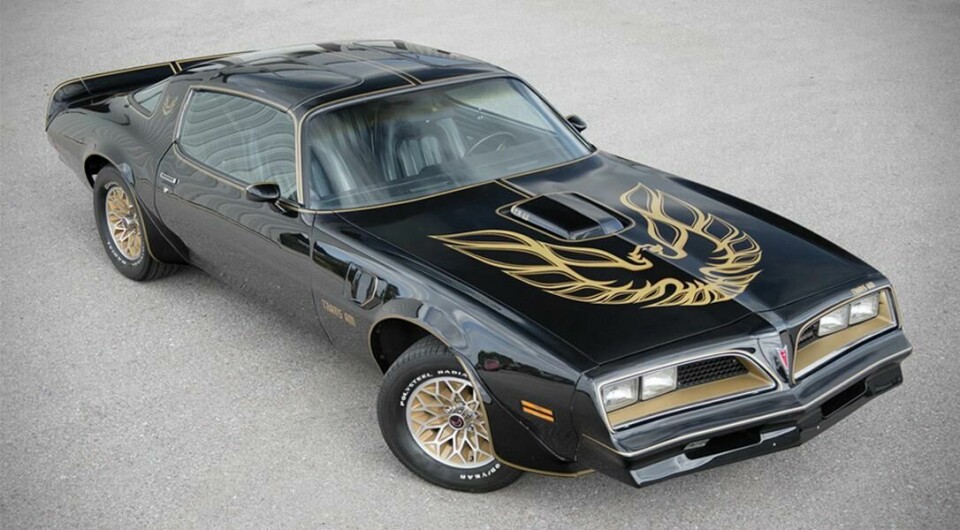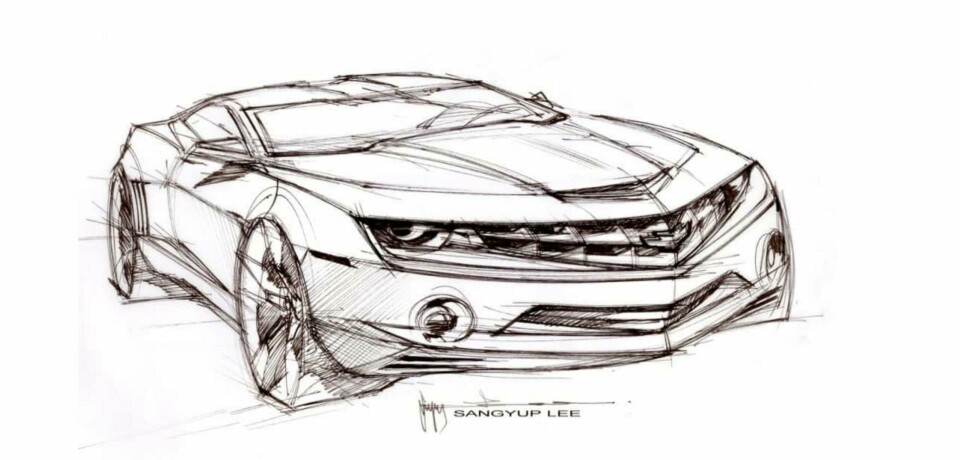
Chevrolet retires Camaro — for now, at least
A successor is yet to be revealed, but Chevrolet has confirmed it will be calling time on its iconic pony car, the Camaro. We look back at its history and what’s next
Last week, Chevrolet announced that one of its most enduring models and a symbol of American hot rodding, the Camaro, is to be retired in early 2024. The Camaro has been in production since 1966, with the exception of an eight-year hiatus in the aughts. This follows the announcement recently that the Dodge Challenger will also exit the market later this year, leaving the Ford Mustang as the sole pony car in production.
The Camaro was launched in 1966 along with its sibling the Pontiac Firebird, as a Mustang-fighter, and was soon joined by the Dodge Challenger and Plymouth Barracuda. Competition was fierce for a few years, not only in the showroom, but at the racetrack where the Camaro was particularly successful.

The oil crisis of 1973 sent a shock through the entire automotive ecosystem, and the pony/muscle car class was suddenly an endangered species. Ford downsized the Mustang to the Pinto platform, Dodge cancelled the Challenger, and the Camaro looked doomed.
Generations of designers have worked on Camaro projects – a plum assignment at GM
An unexpected boost to the whole Pony Car format came in the form of the 1977 film, Smokey and the Bandit. The story starred Burt Reynolds sporting a cheesy mustache and a Cheshire cat grin, Sally Field, and a Pontiac Firebird Trans Am. The Firebird became as much a character as the Hollywood stars. The movie proved so popular that customers flocked to Pontiac showrooms to see the car for themselves.
Sales of the Firebird skyrocketed, and, in a case of a rising tide lifting all boats, sales of pony cars of all manufacturers suddenly jumped, with the Camaro happily riding the wave. (Chrysler, which had cancelled the Charger and Barracuda, could only watch helplessly from the sidelines.)

The 1980s saw a new third-generation Camaro with an angular design that was softened somewhat by the fourth generation that followed in the 1990s.
The fifth generation, delayed, brought a retro style back to the reborn Camaro and the sixth and final generation took this aesthetic and built it on a new more advanced platform.
Generations of designers have worked on Camaro projects – a plum assignment at GM. One prominent designer of the Camaro that might surprise readers of Car Design News is SangYup Lee, currently the vice president of design at Hyundai. Lee was the exterior designer for the fifth generation of Camaro introduced in 2009.
The Camaro had been off the market for most of that decade and there was quite a reception in New York at the Times building, where crowds gathered around the four new Camaros brought in for the show-and-tell. There Lee got a sense of the affection Americans had for the car.
Rest assured, this is not the end of Camaro’s story
“There were people coming up to me with tears in their eyes”, he told CDN contributor, the late Phil Patton, writing for the New York Times.
Later, in an interview with the Korea Times, Lee would say of his work on the Camaro: “I grew up in Korea with cars like the Sephia and Elantra. I had little exposure to the world of sports cars, but that ended up working as an advantage. I had a fresh take on the old classic.”

In last week’s retirement announcement, Chevrolet took pains to note that the Camaro is not going away forever.
Scott Bell, vice president of global Chevrolet, mentioned in a statement: “While we are not announcing an immediate successor today, rest assured, this is not the end of Camaro’s story.”




























